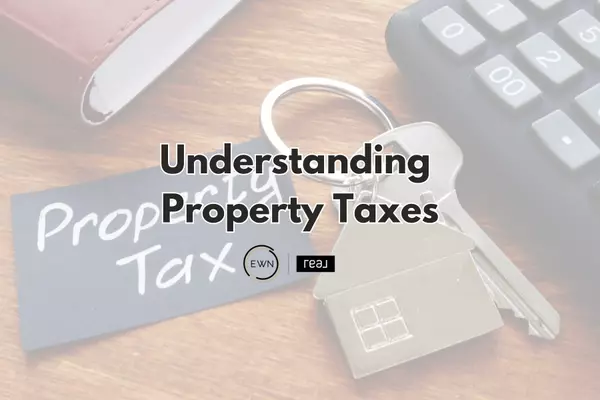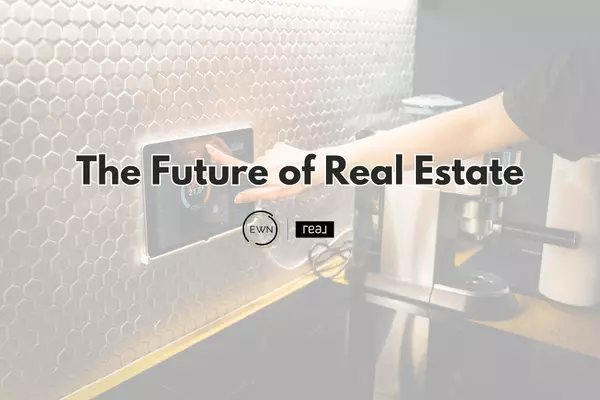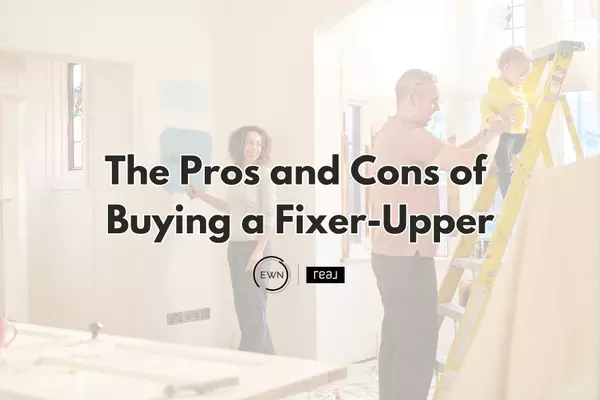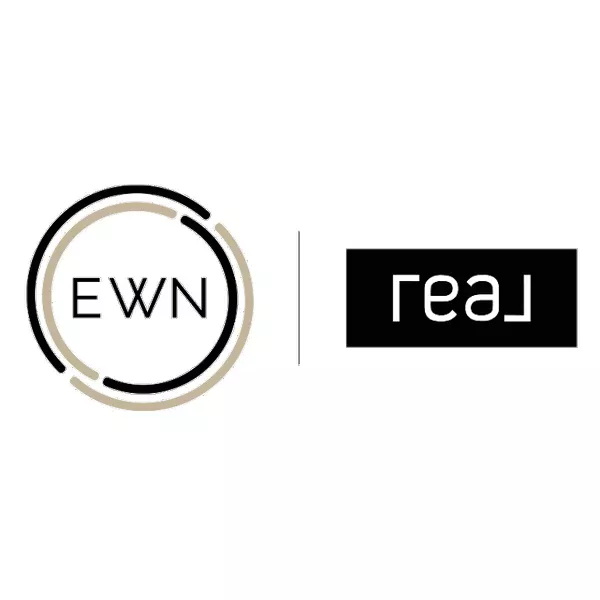Eco-Friendly Home Improvements
🌱 Eco-Friendly Home Improvements: Sustainable Living
for Sellers & Savvy Agents 🌱

1. Why Eco-Friendly Upgrades Matter Now
In today’s market, eco-friendly improvements are more than just a trend—they’re a strategic asset. Buyers increasingly seek sustainability along with comfort and cost-efficiency. In fact, nearly half of prospective buyers are willing to pay a premium for energy-efficient homes (legacygroup.realestate). Green homes also often sell faster, stand out in listings, and command higher price per square foot.
Plus, green features—like solar panels, smart thermostats, or underfloor heating—are becoming desirable "status symbols" in neighborhoods (homelight.com, thescottishsun.co.uk). This growing social influence means eco-minded upgrades aren’t just functional—they’re aspirational.
2. Measurable Market Benefits of Green Homes
💰 Price Premiums & ROI
- LEED / ENERGY STAR homes can fetch 21–35% more in sale price than non-certified houses (thescottishsun.co.uk).
- Green-certified Bay Area homes, for instance, sold for an average 2.19% premium—adding roughly $18,750 in value (builditgreen.org).
- Nationally, energy-efficient improvements can yield net returns approaching 100% ROI (ipropertymanagement.com).
- Exterior door replacements alone offer ~75–78% ROI (remodelingimage.com).
📈 Faster Sales & Premium Perception
Homes with green credentials not only earn higher prices—they sell faster. Clean studies show green homes close quicker due to both reduced utility costs and ESG-savvy marketing (legacygroup.realestate).
3. High-Impact Green Building Practices
🏡 Integrated Design & Energy Audits
Start with a whole-home energy audit and/or HERS rating. Identifying air leaks, insulation gaps, and HVAC inefficiencies offers insight into prioritized upgrades that pack a punch.
🌞 Passive Design Strategies
Smart orientation, daylight maximization, natural shading, and strategic landscaping can significantly cut heating and cooling loads with minimal cost.
These planning-level strategies amplify all subsequent upgrades—and appeal to buyers mindful of both form and function.
4. Top Eco-Friendly Renovations with Proven ROI
Here's a breakdown of the most impactful, cost-effective upgrades for sellers and listing agents:
1) Air Sealing & Insulation
Why it matters: Upgrading insulation and sealing leaks can cut energy use by up to 30% .
Best ROI: Among the most cost-effective; rebates often available.
2) Windows & Doors (Double/Triple-Pane, Low‑E)
Enhances comfort, curb appeal, and energy savings. ENERGY STAR windows can reduce bills ~12%, and exterior door replacements yield ~75% ROI .
3) LED Lighting & Smart Controls
Low upfront cost, quick payback. Smart thermostats alone can fetch 100% ROI .
4) Heat Pumps (HVAC & Water Heating)
Modern heat pumps are 2–3× more efficient than gas systems, especially where rebates apply .
5) Solar Panels + Battery Storage
Homes with solar often sell at +4% premium; systems typically pay for themselves in 7–9 years (architecturaldigest.com). Solar windows are an innovative bonus for eco-marketing (bhg.com).
6) Water Conservation Fixtures & Rainwater Storage
Low-flow toilets and faucets are low-cost and highly desirable. Add passive rainwater systems for a distinctive touch (bhg.com).
7) Sustainable Materials & Green Roofs
Think reclaimed wood, bamboo, cork, low-VOC paints. Green roofs provide energy savings (~25–80%), roof longevity, and can boost value ~7% (en.wikipedia.org).
8) Smart Home Energy Management & EV Charging
Smart sensors, thermostats, and EV chargers increasingly sway buyers. In the UK, EV chargers saw payback in ~3 years (thetimes.co.uk).
5. Certification & Financing Tools
🏅 Certifications: LEED, ENERGY STAR & More
Formal credentials build trust. LEED certifications add a 2–3% cost premium but can yield 10× returns over lifecycle (en.wikipedia.org).
Studies show LEED homes sell for 21–35% more (vca-green.com).
🪙 Incentives: EEMs, Tax Credits & Rebates
- Government-backed Energy-Efficient Mortgages (EEMs) from FHA, Fannie, VA.
- Up to $3,200 in homeowner tax credits via IRA (e.g. for heat pumps, insulation) (arvyestate.com).
- Solar tax credits save 30% off installation until 2032 (arvyestate.com).
🧠 Rebates & Utility Incentives
Many cities/states and utilities offer rebates for heat pumps, insulation, and water systems.
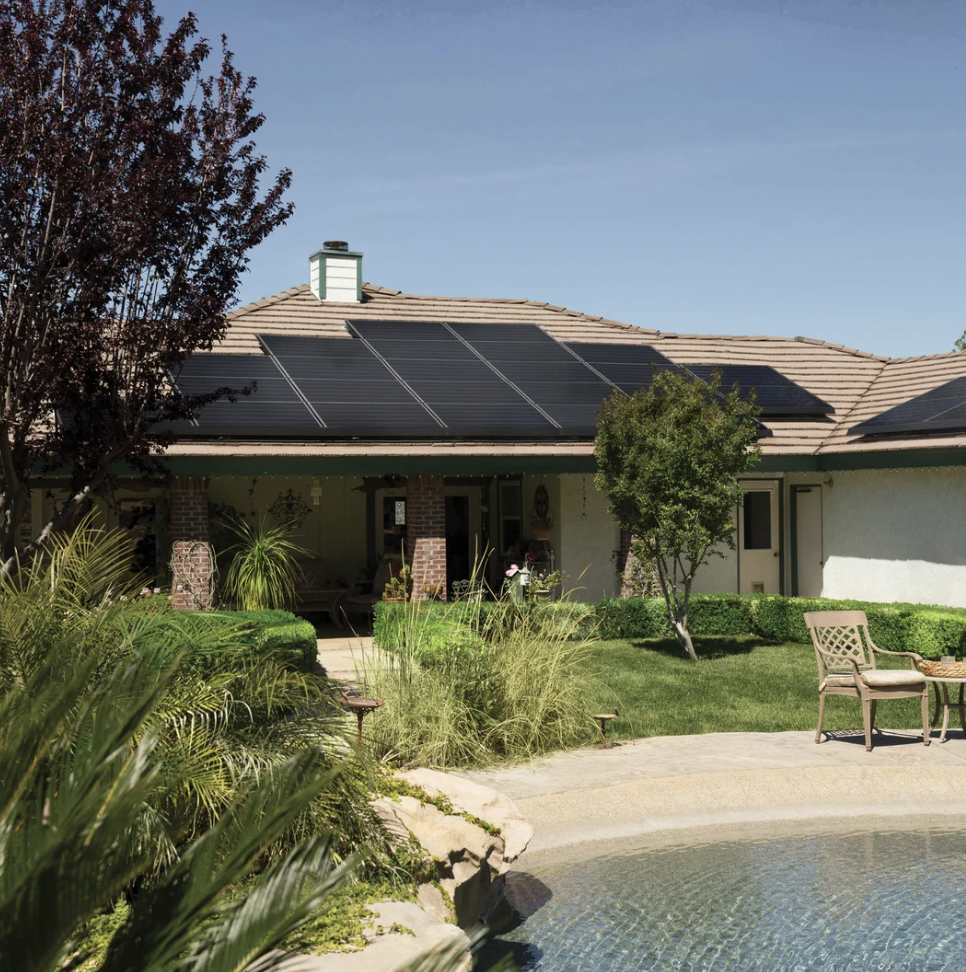
6. Overcoming Barriers: Cost & Complexity
- Upfront costs: Green upgrades may add 5–10% to total renovation cost . But lifecycle savings and certification premiums overwhelmingly offset them.
- Phased approach: Start with insulation/sealing, move to HVAC/solar, then cosmetic or advanced green features.
- Use certified professionals: Working with green-labeled contractors and agents avoids lost time and ensures market credibility.
7. Market Trends & Agent Angle
- “Green as status”: As in the UK and elsewhere, solar panels, heat pumps, and EV chargers are now neighborhood symbols of success .
- Regional premiums: 2–6% value boosts in eco-minded markets (DC, LA, Bay Area) (homelight.com).
- Pandemic & climate-driven demand: Buyers increasingly seek resilient, healthy homes—passive design and green building support that perception.
- Community leadership: Neighborhoods with urban farms, green roofs, and solar arrays signal a forward-thinking, sustainable lifestyle .
8. Practical Steps for Homeowners & Agents
Here’s how both homeowners and real estate agents can collaborate to make eco-friendly upgrades impactful and marketable:
✅ Step 1: Begin with an Energy Audit
- Homeowner: Schedule an energy audit to identify where efficiency improvements are needed.
- Agent: Recommend vetted auditors and trusted local contractors to clients.
✅ Step 2: Plan in Phases
- Homeowner: Break upgrades into budget-friendly phases aligned with your timeline.
- Agent: Provide cost-benefit insights and projected ROI to help guide priorities.
✅ Step 3: Get Certified
- Homeowner: After upgrades, pursue certifications like ENERGY STAR or LEED.
- Agent: Highlight certifications in listings, marketing materials, and home tours.
✅ Step 4: Take Advantage of Incentives
- Homeowner: Research and apply for rebates or tax credits through energy.gov or local utility portals.
- Agent: Offer buyers a prepared checklist of available green incentives.
✅ Step 5: Showcase Green Features
- Homeowner: Stage eco-friendly elements like smart thermostats, LED lighting, or low-flow fixtures during showings.
- Agent: Promote these features on the MLS, in open house materials, and across social media.
✅ Step 6: Work with Green Experts
- Homeowner: Hire professionals with green certifications for your upgrades.
- Agent: Build a referral network of green builders, inspectors, and consultants.
9. Conclusion: Green Pays Off—For People & Planet
Eco-friendly upgrades offer a triple win:
- 🌍 Environmental Impact: Lower carbon footprints, healthier homes
- 💵 Financial Gain: Utility savings, certification premiums, faster sales
- 🏅 Market Positioning: Appeal to eco-savvy buyers and stand out in listings
Green homes aren’t future-proof—they’re here and profitable now. By integrating sustainable living, homeowners can enhance comfort, investment, and resale value. Agents who embrace and market these strengths position themselves as forward-thinking advisors in a shifting market.
Categories
Recent Posts


